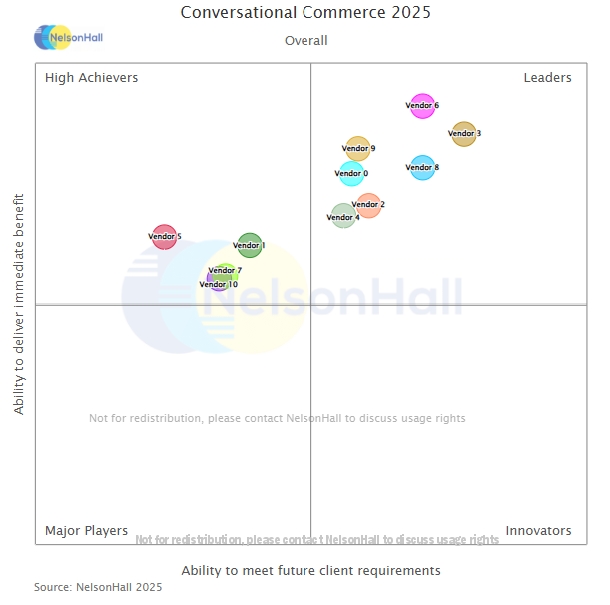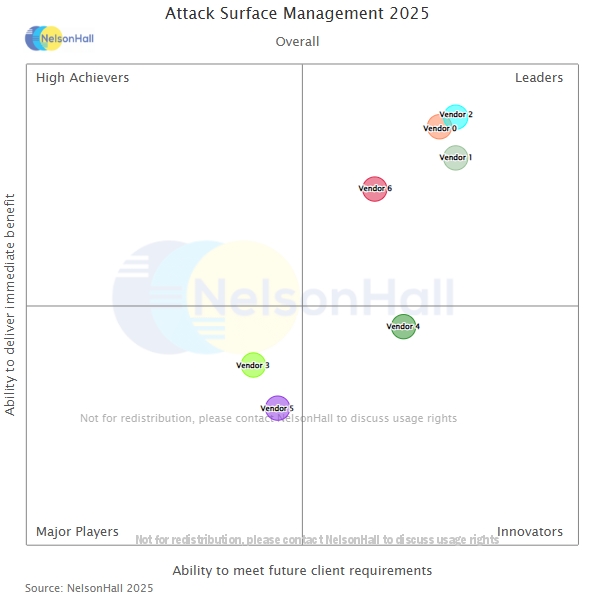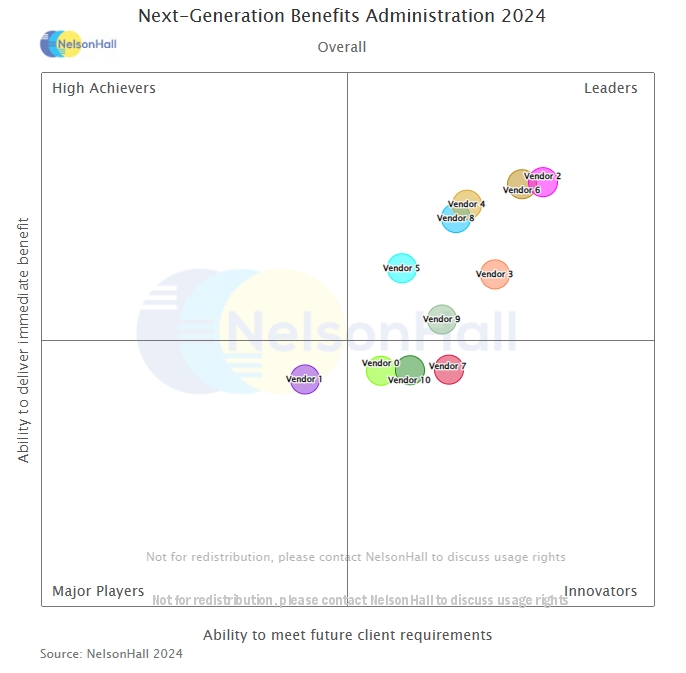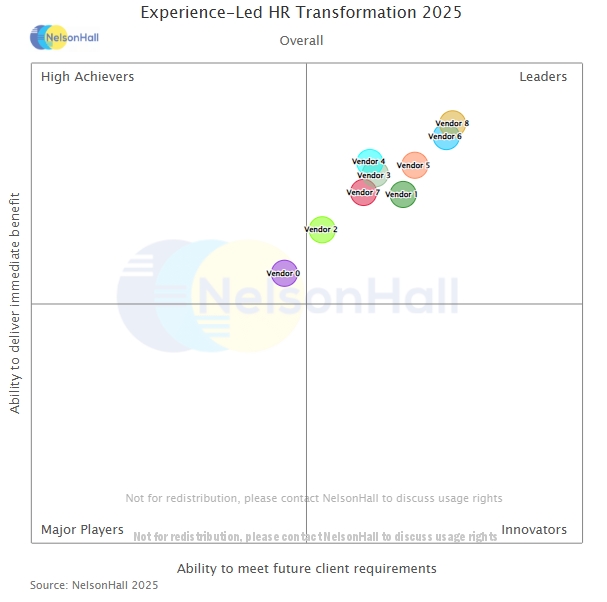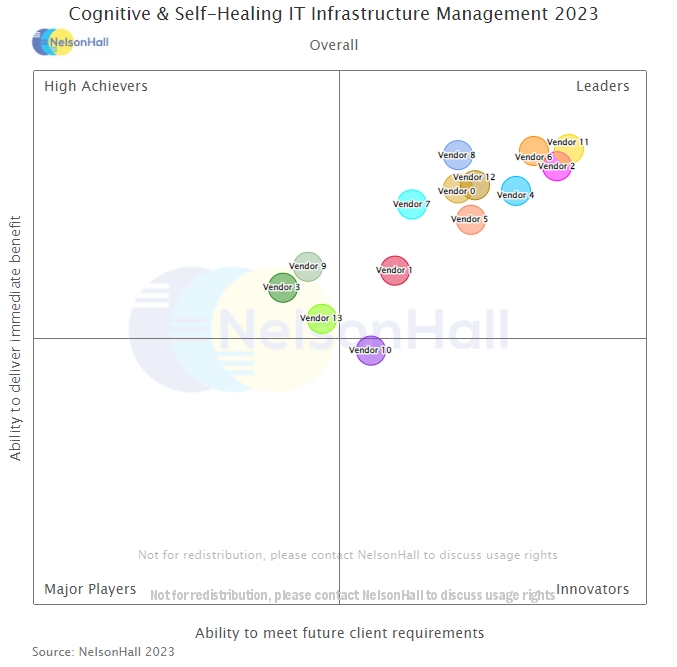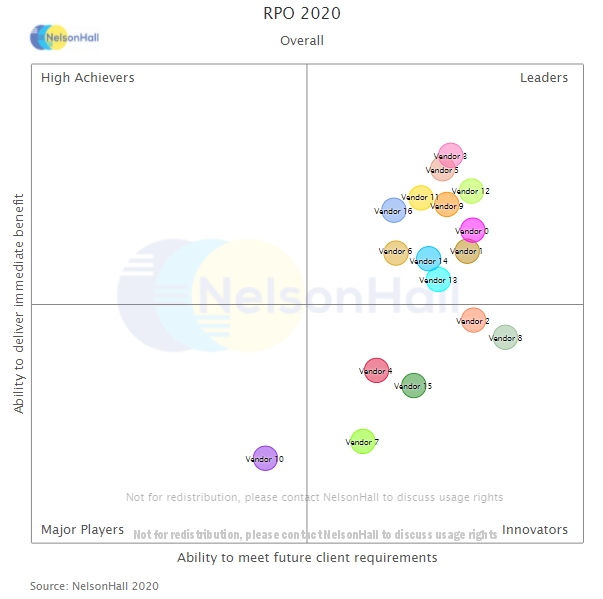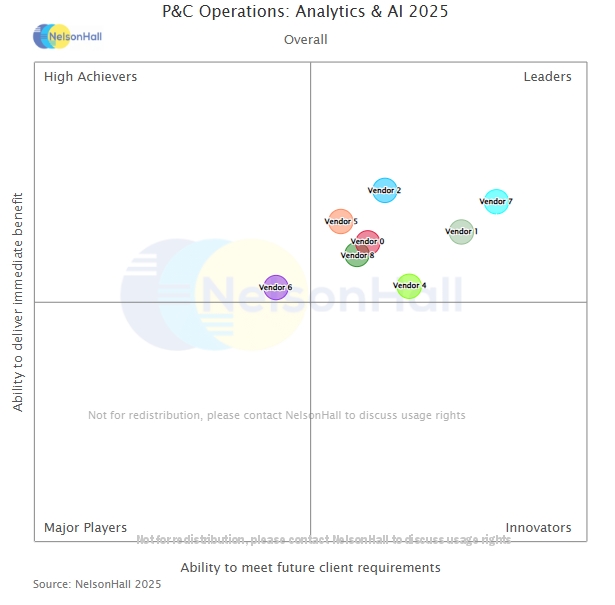login here to personalize:
latest NEAT reports:
view all NEAT reportsfeatured reports:
Conversational Commerce
May 13, 2025 | Market Analysis by Ivan Kotzev
NelsonHall’s market analysis of the Conversational Commerce market consists of 109 pages and focuses on strategies for 2025 and beyond. [...]view this reportdownload abstract
latest vendor assessments:
NelsonHall keeps tabs on all these vendors so that you don't have to do so, providing all the analysis of vendor capabilities that you require for shortlist selection
Firstsource - Transforming Mortgage and Loan Services
May 30, 2025 | Vendor Analysis by Andy Efstathiou
This NelsonHall vendor assessment analyzes Firstsource's offerings and capabilities in Mortgage & Loan Services [...]view this reportdownload abstractG-P - Global Employer of Record Services
May 30, 2025 | Vendor Analysis by Jeanine Crane-Thompson
This NelsonHall vendor assessment analyzes G-P's offerings and capabilities as a provider of global employer of record services [...]view this reportdownload abstractTata Consultancy Services - Modernizing Procurement Through Digitalization
May 30, 2025 | Vendor Analysis by Vaibhav Wardhan
This vendor assessment analyzes Tata Consultancy Services' offerings and capabilities in procurement services [...]view this reportdownload abstractVirtusa - ServiceNow Services
May 30, 2025 | Vendor Analysis by Gaurav Parab
This NelsonHall vendor assessment analyzes Virtusa's offerings and capabilities in ServiceNow services [...]view this reportdownload abstractCoforge - Transforming Mortgage and Loan Services
May 29, 2025 | Vendor Analysis by Andy Efstathiou
This NelsonHall vendor assessment analyzes Coforge's offerings and capabilities in Mortgage & Loan Services [...]view this reportdownload abstract
Latest on Twitter by @NHInsight:
Follow NelsonHall analysts to monitor ongoing developments in business process services




















